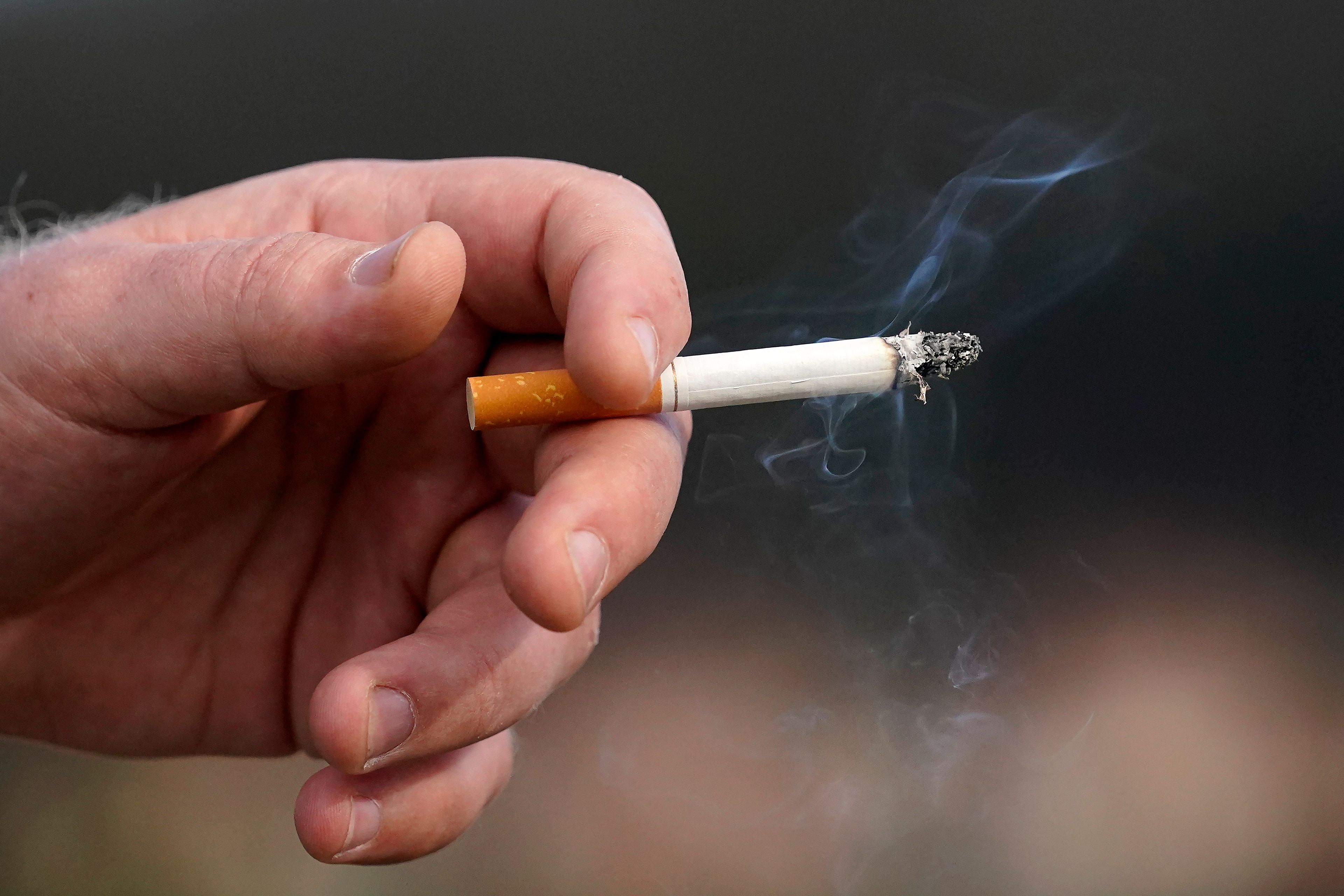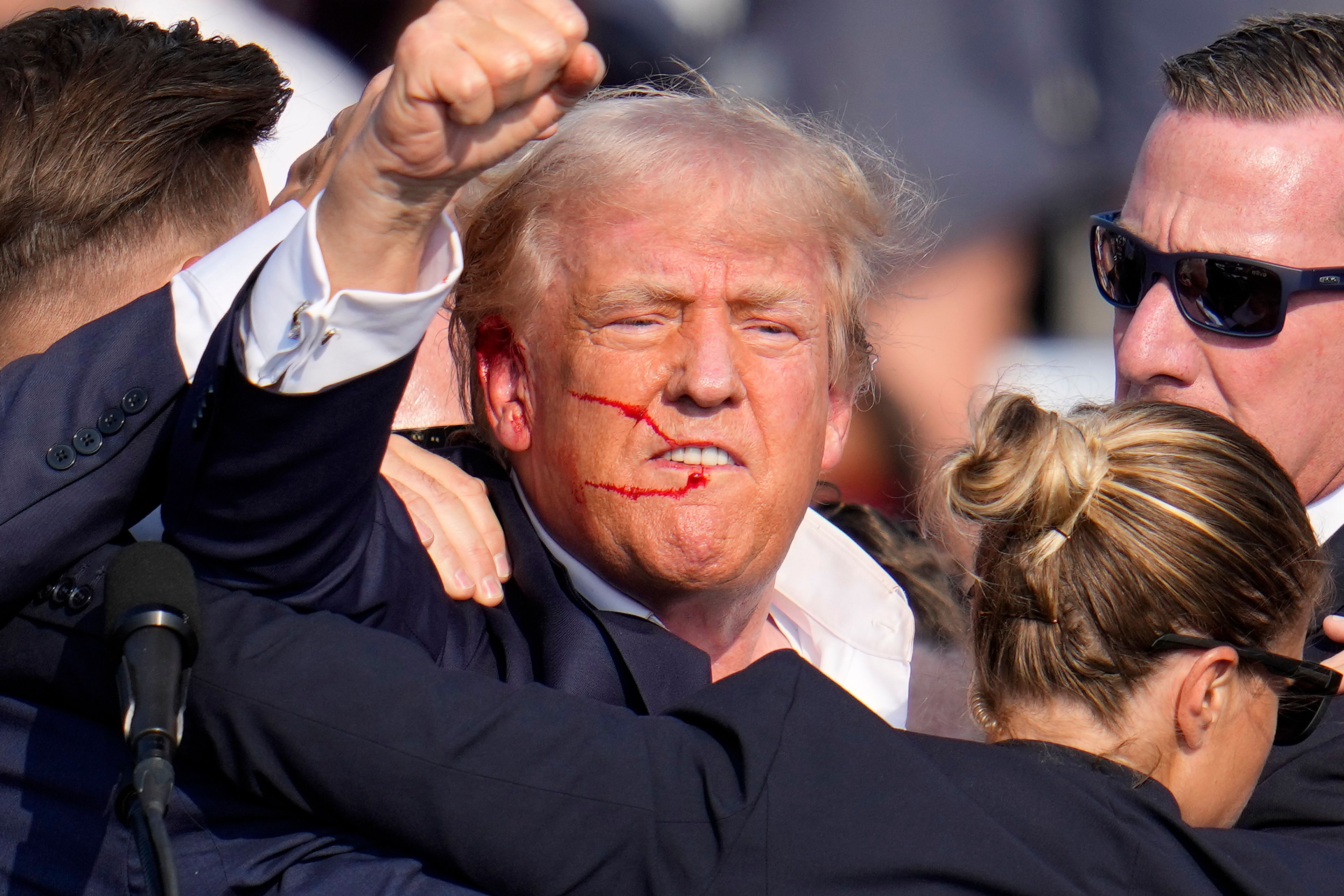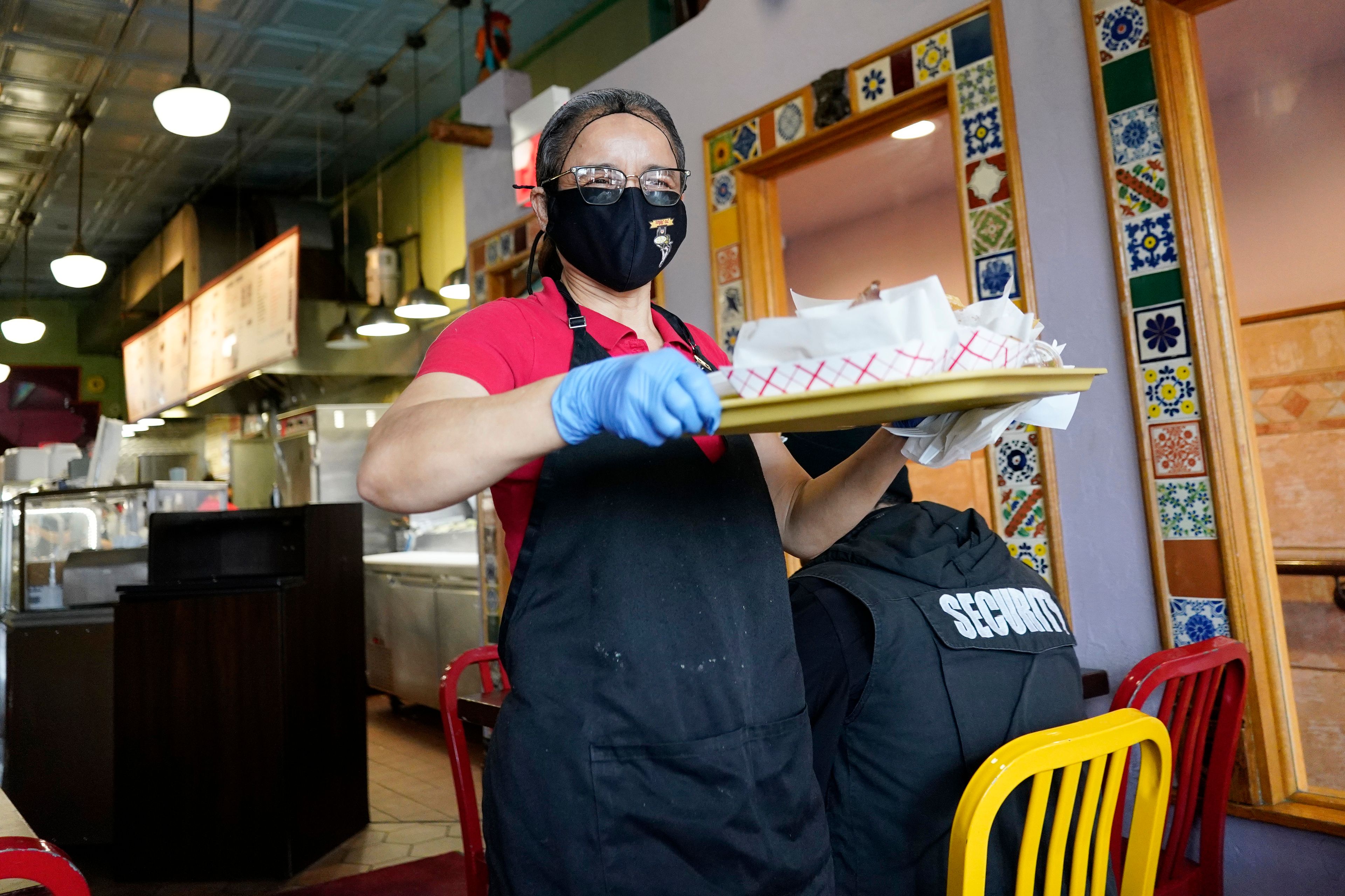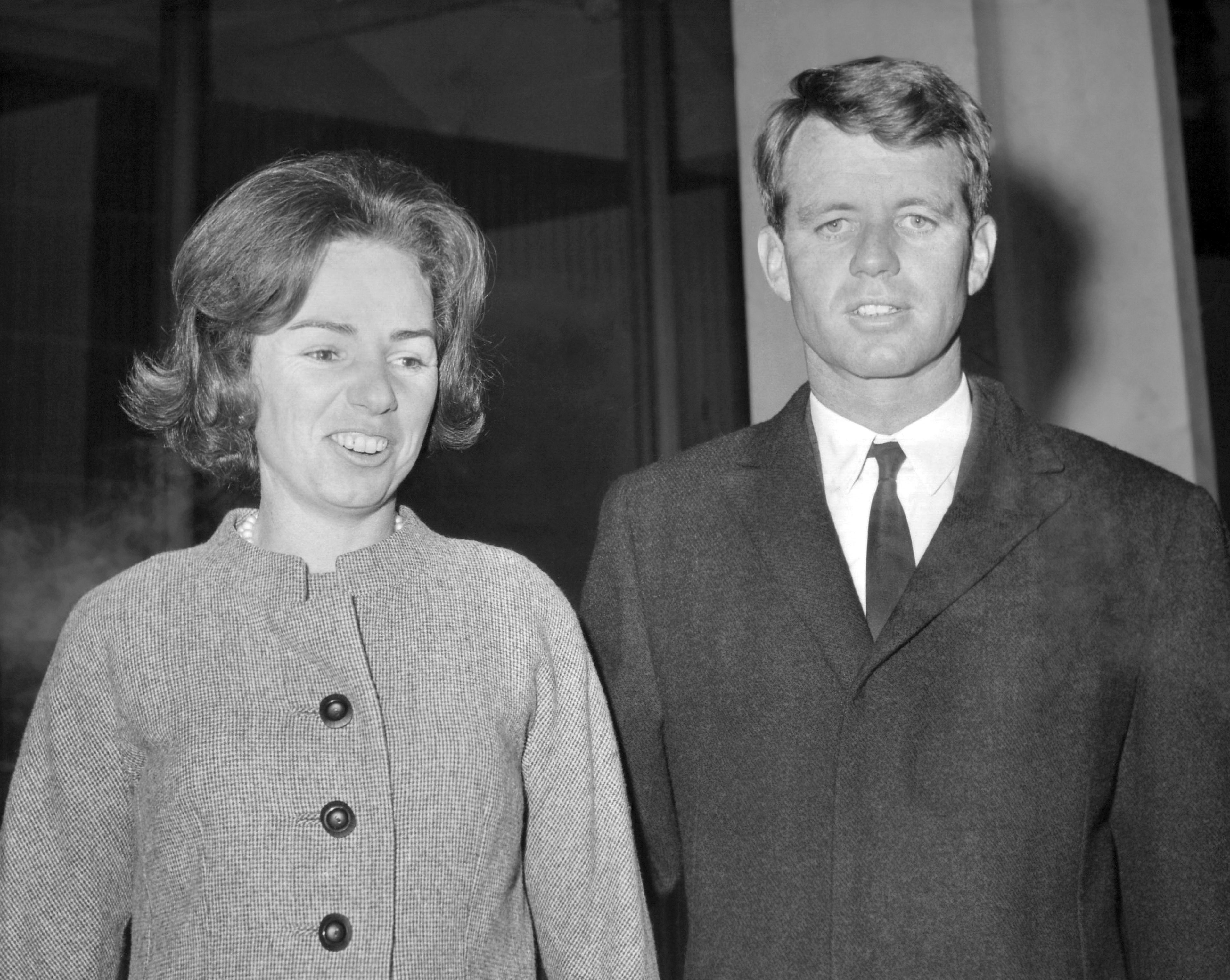Airlift lands dogs from high-kill region
Mercy flight gives canines a chance at a new home
GEORGETOWN, Del. — Brandywine Valley SPCA’s ongoing effort to prevent euthanization of adoptable pets in high-kill shelters in America’s south touched down in Georgetown on Jan. 25.
More than seven dozen dogs airlifted from Starkville, Miss., landed at the Delaware Coastal Airport, facing a far greater chance of adoption and finding love in forever homes.
“They’ve landed. They are here. And they are ready for their next step, which is going to be adoption,” said David Owens, Shelter Programs Manager for the Brandywine Valley SPCA.
The animals came from overcrowded, high-kill shelters “where they have limited chance for adoption,” said Brandywine Valley SPCA spokeswoman Linda Torelli. “We receive dogs from Mississippi twice a month at that airport.”
More than a dozen volunteers and BVSPCA staff transferred carriers with at-risk dogs from the twin-turboprop into five BVSPCA transport vans. The dogs were taken immediately to BVSPCA’s Animal Rescue Center in Georgetown.
There, the dogs will be examined, including an intake process to see what is needed for them to be ready for adoption. Once vetted, the animals will be placed for adoption at BVSPCA’s campuses in Georgetown and New Castle, and West Chester, Pa.
“They will be spayed and neutered and then made available at all three of our campuses — within the week,” Owens said.
The airlift of these animals was facilitated by Wings of Rescue, a 501(c)3 charity that was founded in 2012 and airlifts endangered pets from high intake and/or high-kill shelters to no-kill shelters from where they have all been adopted into loving homes. The Wings of Rescue effort continued from Georgetown with a transport flight to Morristown, N.J.
Brandywine Valley SPCA, the GreaterGood.org animal rescue initiative and the American SPCA partnered with Wings of Rescue in this transport effort.
The airlift marks an ongoing mission to give adoptable animals a second chance.
“These animals came from Mississippi and the Louisiana area,” Owens said, noting the predominance of high-kill shelters there. “Homes that are available for adoption for these guys are not there. While we do these transports, a lot of our animals — 70 percent of our animals that are in our shelters — are local. So, we do the second chance program here to provide a home for these guys, as they do not have homes where they were at in Mississippi and the southern states, where humane education and things like that, spay/neuter, are not available to those folks.”
BVSPCA receives transports from high-kill shelters and groups, such as those in the south at least twice a month.
“And not only do we pull the animals from those groups, we also put back into the community with special projects. Like helping them with spay/neuter for the animals, which is why we have to do this transport program because there is not enough spay/neuter in those states where we are pulling the animals from,” Owens said. “So, we do like to give back and work on special projects with those folks that are sending us these animals.”
There was plenty of yipping and barking on the airport tarmac as the canines were transferred to waiting vans. There were also some emotional connections between dogs and volunteers.
“They (volunteers) gave up a couple hours to come. These flights are one of the things that we get most supported with our volunteers. They understand the need. They understand that they are saving lives and they are helping the animals onto their next chapter in life,” Owens said. “And, yes, we always get some volunteers that see one (animal) coming off the flight, and they make an immediate connection — and then they end up adopting.”
The transport follows BVSPCA’s Jan. 19 intake of 30 dogs from shelters in earthquake-ravaged Puerto Rico, part of an emergency evacuation flight of 110 dogs facilitated by Wings of Rescue, in partnership with GreaterGood.org and the Sato Project. The bulk of those animals went to centers in New Jersey and Florida, as well as foster homes through the Sato Project.
Earthquakes have damaged some shelters in Puerto Rico and left others euthanizing highly adoptable animals because of lack of food and water.
Owens said the overall mission is to find loving homes for every adoptable pet – from cute, cuddly puppies to larger animals and those in their twilight.
“With the coverage that we do, with the marketing that we do for these animals, of course it is not hard to get a puppy adopted,” Owens said. “But what this does is it gets people coming through our doors that may not want a puppy, or that may come in and have in their mind that they want to get a puppy, but then they see a large dog. It may be a ‘pittie’ (pit bull) that they may want, or one that kind of reminds them of an animal they had in the past. So, it gets those animals adopted.”











